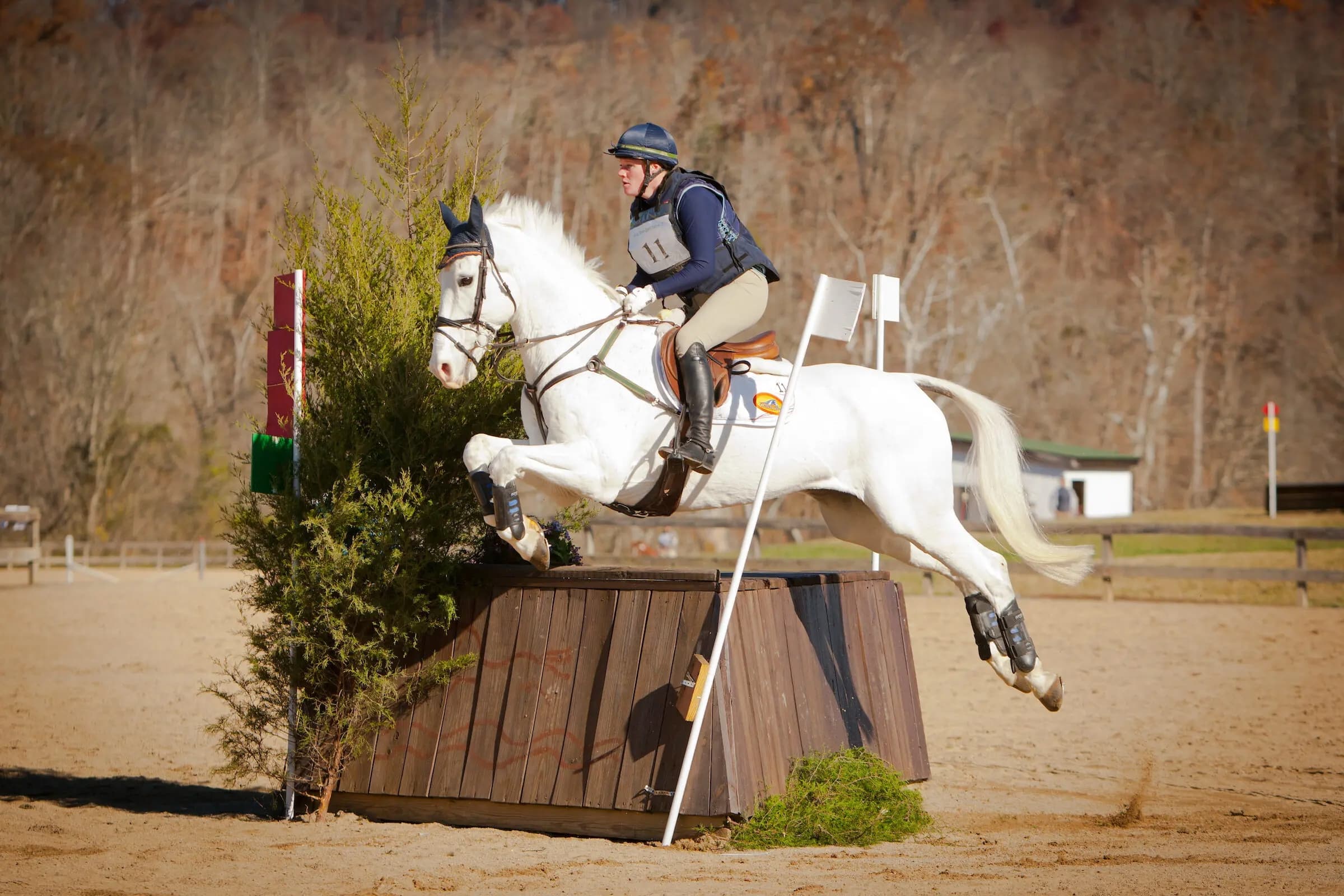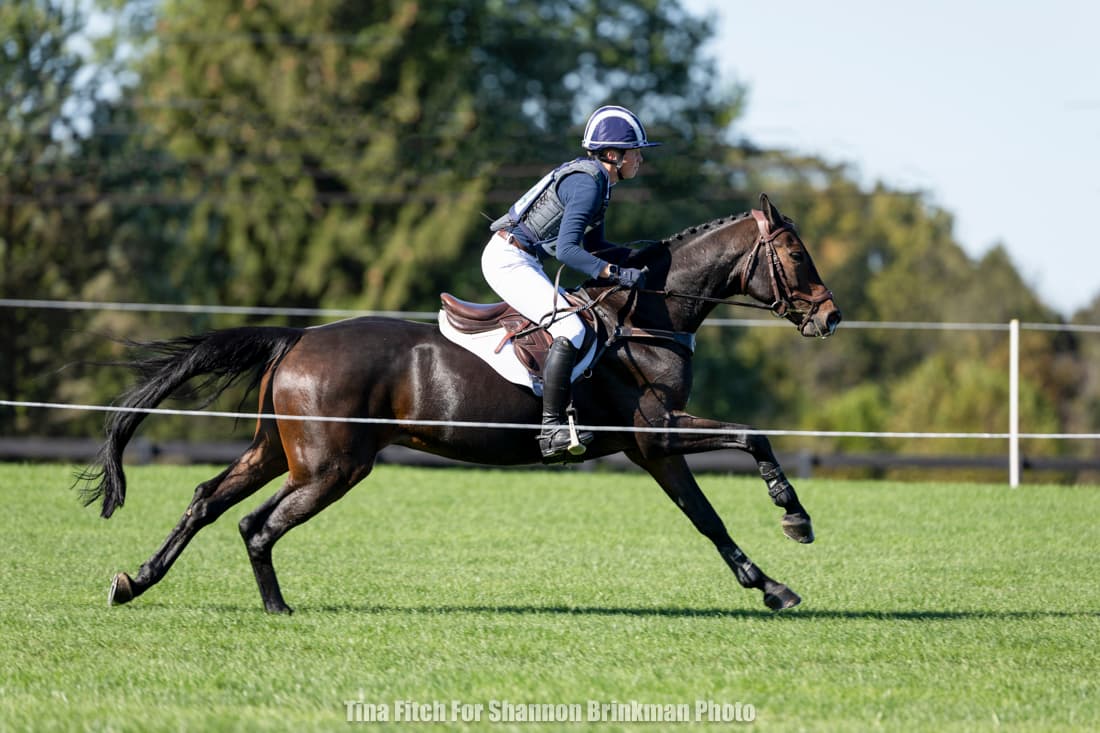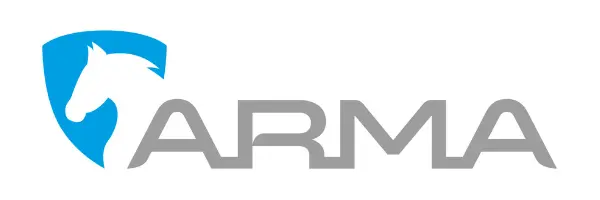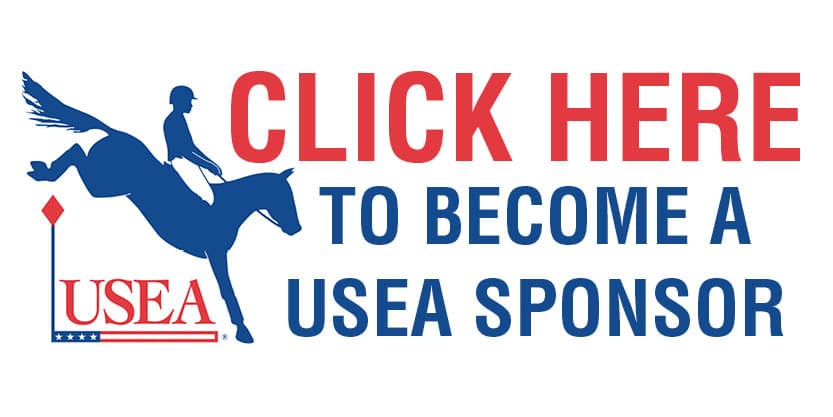Eventing In College 101
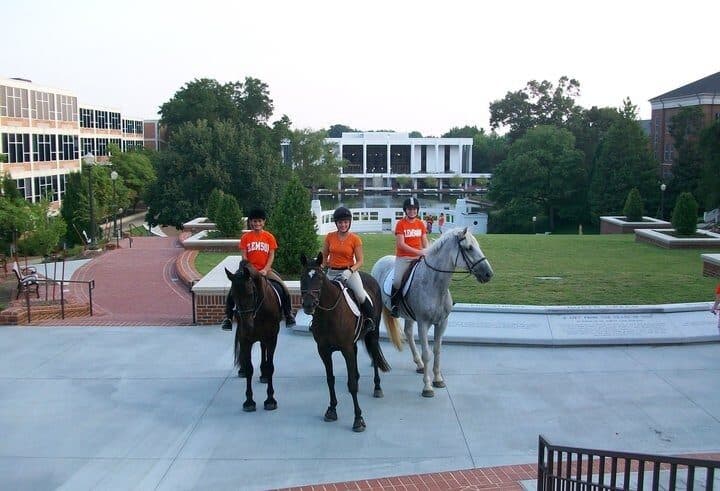
Going to college used to be a sure end to most Young Riders’ eventing careers, but times have changed and more and more riders are continuing to event while at University. Elisa Willems, President of the Clemson University Eventing Team writes about her experience and gives some insight into what it takes to continue to event and attend college at the same time.
Throughout my middle school and high school years, Eventing affected almost every decision I made – from juggling homework and riding to making sure the latest additions to my wardrobe matched my horse’s bell boots. So it’s not surprising that when it came time to consider college, my love for Eventing affected that decision as well. As I’m sure many avid young eventers do, I imagined I’d bring my horse to school with me. And while I didn’t exactly picture keeping the horse in my dorm room, I did assume I could continue competing and not skip a beat. As it turned out, it wasn’t quite that easy, but after skipping a few beats, I am delighted to have brought my horse to a school where I can not only compete, but do so within a fantastic support system and community.
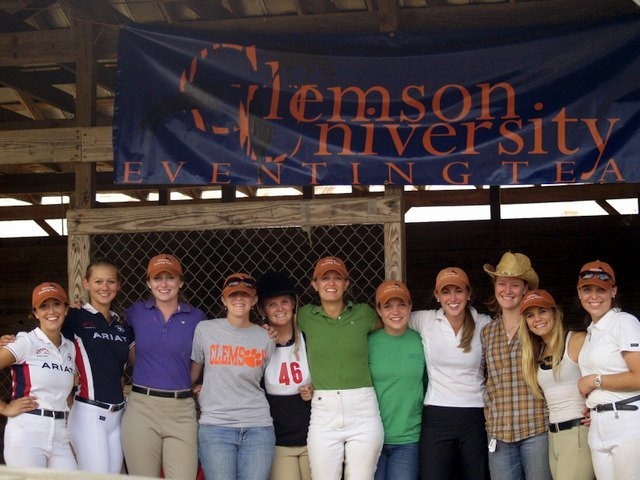
But how do you go about bringing your horse to school? The first step is to make sure you really want to do this. If you’re into Eventing you know the time involved in the care and feeding of your better half. College is a busy time with lots of new pressures, and you have to be sure it’s worth having to rise at 8AM to go feed with the occasional killer headache on weekend mornings, missing that all too necessary daily nap to go get your gallop sets in and passing on shopping with the girls because pony needs new shoes. For most of us, it’s totally worth it.
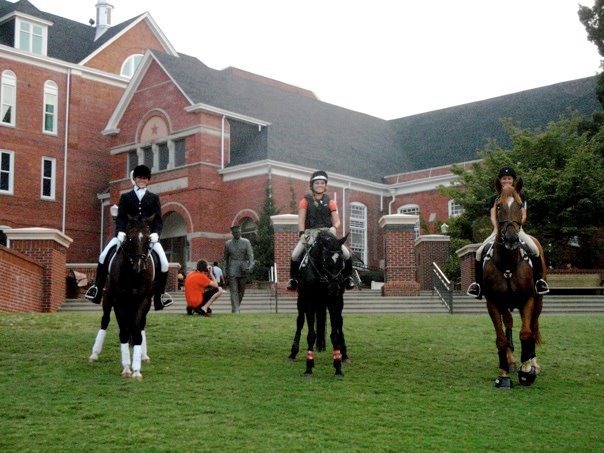
You may also want to think about when to bring your horse. During my college selection process, I had planned on bringing my horse with me from the start. However for my entire freshman year, circumstances made it impossible to bring my horse, so I got to see what that alternative would be like. As it turned out, that was a good thing – at least for the first semester. As a brand new freshman, it was great to not have the extra responsibilities and obligations. I could just be a college student, meet people and get involved in new activities. I also got a chance to check out the local equestrian scene and get the inside scoop on the barns in the area. While I definitely think this was the right move to have the extra time initially, by the second semester I quickly realized the whole not-having-a-horse thing wouldn’t work for long, and I started to make plans to bring my mare the following year. It’s possible to make those plans before your first year, but I found that being able to focus on school alone was a real advantage. And if you do bring a horse right from the start, I’d suggest going easy on the Eventing for the first semester or two so you can focus on your studies and your adjustment to college.
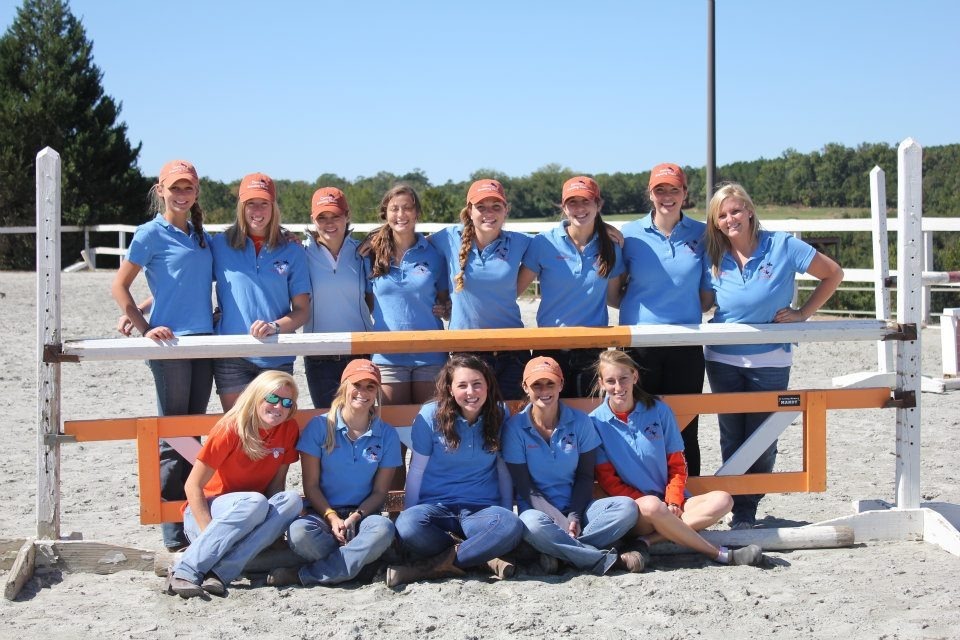
When choosing a horse-friendly college, keep in mind that quite a few schools have an Equestrian team that competes in the hunt seat Intercollegiate Horse Show series. Finding schools that have any sort of Eventing team, club or program, on the other hand, is far more difficult. Most small, specialized equestrian studies schools have an Eventing team or club. However, larger state schools that also offer the typical ‘college experience’ and a broader range of study opportunities are unfortunately far less likely to provide an Eventing option. In my search for larger east coast schools that met my academic requirements and also had an Eventing team , I came upon Clemson University. An in-depth look at Clemson’s website found a page that mentioned an Eventing team – not a lot of information, but enough to get my attention. My experience highlights the fact that the internet is one of the best resources to check out various schools, from looking at the USEA website college listing, to just googling college Eventing teams and looking at specific school websites to see what type of riding clubs their schools have and how active they are. Clemson, for example, had a Block and Bridle club, hunt seat Equestrian Team and Collegiate Horseman Association, as well as an Eventing Team. The USEA ICP instructor listing is a great way to find a school near an instructor that’s involved with Eventing almost anywhere in the country, and this is a perfect launching pad for getting involved in the Eventing community in your school’s area.

Because Clemson luckily already had the start up team recognition, all it took was several riders with the passion and drive to grow it into a well-known entity within the local eventing community. If you are lucky enough to encounter such a situation, it’s an exciting and rewarding opportunity, and I encourage you to “go for it!” When we go to horse trials as a team with our banner and merchandise, parents come up to us all the time and explain how their daughters want to go to a college where they can event. Getting teams and clubs more prevalent and active at larger state school is important, because - let’s be honest - it’s much more fun to go to events with a group of friends instead of by yourself! My biggest recommendation if you fall in love with a school without an eventing team is, go and start one!
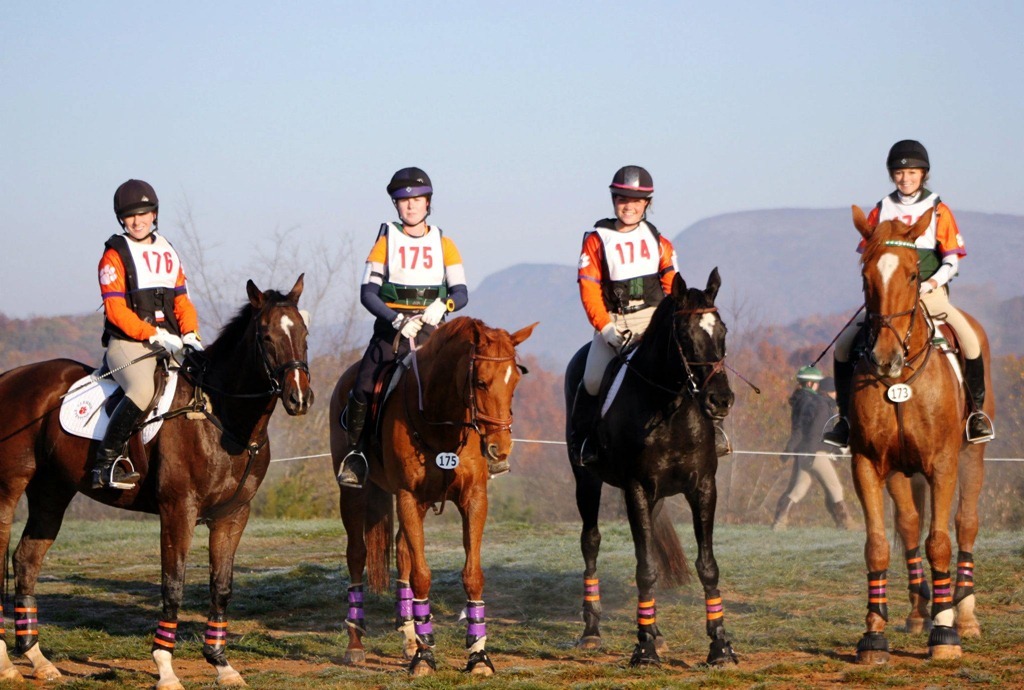
Either those instructors or the members of an existing eventing team can also help you find a home away from home for your pony. Many large state schools are or evolved from Land Grant institutions with a direct link to their state’s agricultural community, so most also have at least a few barns within 10-20 miles of campus. If there is a web link to the college’s team, use it. Most teams or team members (and even hunter-jumper teams) will be happy to tell you where they board their horses and what other options are available.
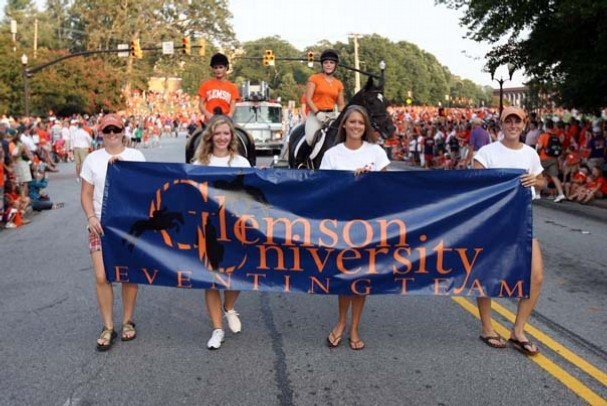
Now the other thorny issue: cost. No matter where you go to school, keeping a horse adds extra dollars to what is already a scarily big tuition, room and board bill that usually gets paid by parents. To help cover the cost, a lot of girls on the team here help pay to keep their their horses not only by part time jobs, but also by working off part of their board at their barn. Finding a barn that makes this possible is a really good option to look into. And unless the school of your dreams offers stabling on-site, you’ll have to arrange for transportation back and forth to your barn – which usually means having a car or truck with all the associated expenses. Bear in mind that for every 10 miles from campus to barn in a pickup or SUV, you’ll be shelling out roughly $4 per round trip every day. Carpooling and shared trailering to events are both ways to help offset this other major cost.
After you’ve decided to make the commitment and found the right school with area barns and Instructors to make it possible, bringing that cross country beast along is awesome. Some of the benefits? Through the Eventing team here at Clemson, my horse and I have been able to do clinics with top notch instructors at discounted rates each month, have a cheering section – and be a cheering section - at horse trials, go on fun trail-riding adventures and support both our favorite sport and our favorite school at once. This is one aspect of my college experience that I wouldn’t change for the world. Currently, there is an intercollegiate League on the West Coast, but only a few horse trials with intercollegiate division on the East Coast. There is no reason why Eventing teams can’t be just as prevalent as the hunt seat teams that almost all schools have. The whole team here at Clemson would agree that it is not only possible to have both a horse and the ‘college’ experience, but an unforgettable college Eventing experience.
All pictures courtesy of Elisa Willems

